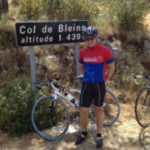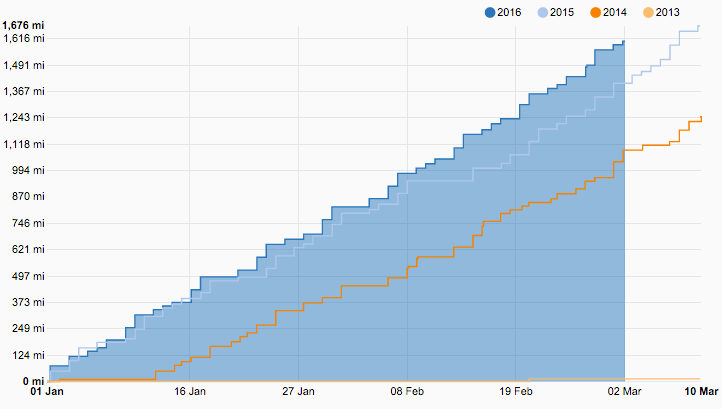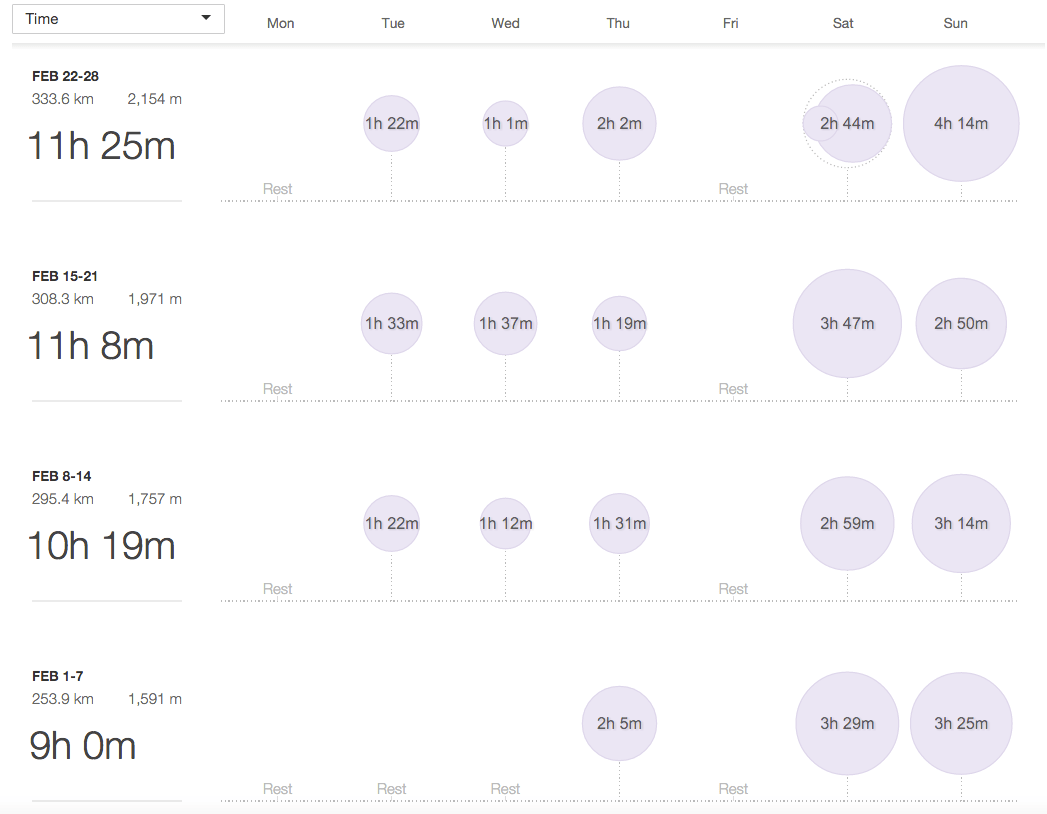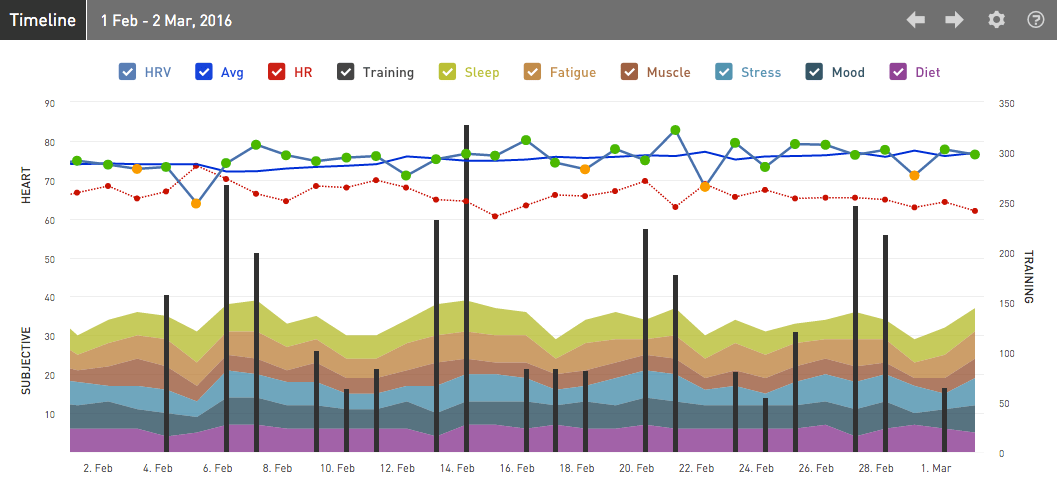By Simon Wegerif
 Every year I have to do something that tests the limits of my endurance. Two years ago it was the Haute Route challengeof cycling from Geneva to Nice in 6 timed stages across the Alps, and last year it was the Etape TdF stage with 4500m of climbing (in temps up to 41C). This year it’s the Mallorca 312. Yes, a one-day cycle sportive challenge of 312km (200miles) around the Spanish island with 4400m of climbing thrown in as well. It’s a timed event for over 2000 people with a cut-off of 14 hrs.
Every year I have to do something that tests the limits of my endurance. Two years ago it was the Haute Route challengeof cycling from Geneva to Nice in 6 timed stages across the Alps, and last year it was the Etape TdF stage with 4500m of climbing (in temps up to 41C). This year it’s the Mallorca 312. Yes, a one-day cycle sportive challenge of 312km (200miles) around the Spanish island with 4400m of climbing thrown in as well. It’s a timed event for over 2000 people with a cut-off of 14 hrs.
During February I’ve been steadily increasing my training time and distance, whilst maintaining about 80% in zone 2 (MAF) intensity, which is optimum for increasing mitochondria and improving fat oxidation. The increase in training time has been inside the recommended 10% per week, and is limited by having a (somewhat) busy job running ithlete, so the long outings have to be at the weekends.
However, veloviewer shows that I’ve accumulated more miles than in the past 3 years:


The Strava table above shows that my longest ride so far has been 4:15 this past Sunday, but at 115 km is still well under half the 312km of the event. I’m getting better at fuelling both on and off the bike, reducing refined and total carbs in my diet and remembering to eat every 30-40 mins whilst on the bike at the weekends (weekday morning rides are done fasted with only coffee before). Both of these aspects are new for me – I’ve often let myself down in the past by leaving it until I start to run out of energy on long rides before eating bars and gels (now to be replaced by homemade savoury and semi-sweet goodies). I’m slowly discovering the secrets of a fat adapted diet, and thanks to contributions from Dr Phil Maffetone, Alessandro Ferretti for making the theory and benefits clear and to Bernie Thomas on Facebook for bringing a practical meal to life. Nearly all commercially made meals are loaded with sugar, so you just have to make your own food, but once you get organized, it’s fun and certainly tastes better.
On the technique front, I’m trying to do my Zone 2 (MAF) at high cadence, but I still have a tendency to get out of the saddle and grind high gears and I need to remind myself not to do this!
ithlete continues to guide my daily training, and so far (fingers crossed) I’ve not had a single cold this winter. As the ithlete Pro timeline shows, I’m making progress, and it’s reassuring to see the weekly average HRV (blue) and resting HR (red) lines separate. A gradual decrease in resting HR is a good sign of improving cardiovascular fitness.

The plan for March is to further increase weekly mileage, but will wait for the early April sportive events to gauge my performance in timed events.
